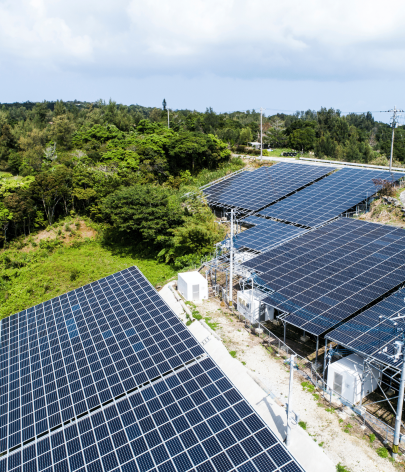Highlights
1%
of Japan’s electricity was produced by wind in 2022.
4%
of the G7’s proposed offshore wind deployment to 2030 would be in Japan.
18%
share of offshore wind by 2035 would put Japan on track for a 90% decarbonised power sector.
About
This report compares Japan’s current electricity plans to two new pathways that show more ambitious ways to decarbonise the electricity sector, and compares these to plans by fellow G7 countries.
Executive summary
Unleashing offshore wind
Japan’s opportunity to match the G7 clean power ambitions
Dave Jones Head of Data Insights, Ember
The G7’s announcement that it will build 150 GW of offshore wind highlights just how far Japan has fallen behind on the electricity transition. If Japan showed the same confidence in offshore wind that other G7 countries currently are, then Japan would be able to align with the G7 premise of 2035 decarbonised electricity. Wind and solar are the biggest and best tools in the toolbox for reducing emissions this decade, and the world is looking at the G7 to show leadership for how quickly this transition can happen.

Chapter 1
Japan’s clean power struggle
Clean power performance has been underwhelming in Japan. 10% of electricity comes from solar, but less than 1% from wind in 2022
In this chapter:
Chapter 2
Wind is Japan’s missing puzzle piece
Unleashing wind potential could boost Japan’s share of clean power to 90% by 2035.
In this chapter:
In the Berkeley Lab study, by 2035 solar generates 27% of Japan’s electricity and wind generates 26%. It is wind that is the biggest gap to Japan’s current electricity plan, and particularly offshore wind, which Berkeley forecasts can supply 18% of Japan’s electricity. In terms of capacity, the Berkeley Lab scenario for 2035 suggests that wind could expand to 66 GW if Japan adds about 5 GW of wind capacity every year.
Similarly, the REI study also suggests leading roles of solar and wind in its 2035 scenario. The difference is that this study shows a more optimistic view on solar, attributing close to 40% of total electricity generation by 2035. That said, the REI scenario still envisions a larger role for wind, which would account for 20% of Japan’s total power production by 2035. Although the share of wind’s expected generation was not broken down between onshore and offshore, the REI study calls for offshore capacity to reach 25.4 GW by 2035. That is far more than the 5.7 GW for 2030 written into the 6th Strategic Energy Plan.
Chapter 3
Japan’s lagging wind ambition is holding back itself - and the G7
Japan should step up on wind–especially offshore wind–to back the G7 ambition for decarbonised power by 2035.
In this chapter:
For Japan, the Berkeley Lab study shows that it has the potential to raise its clean power ambitions by unleashing offshore wind–alongside some onshore wind and enhanced solar– which will put Japan on track to reach 90% decarbonised power by 2035.
Supporting Material
Acknowledgements
Rini Sucahyo, Chelsea Bruce-Lockhart, Ye Yuan, Claire Kaelin, Hannah Broadbent, Matt Ewen
Header image
Offshore wind turbine generating electricity.
Credit: Trygve Finkelsen / Alamy Stock Photo






